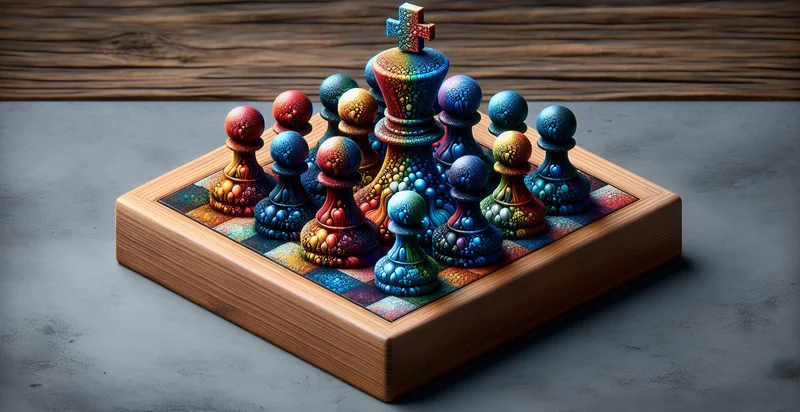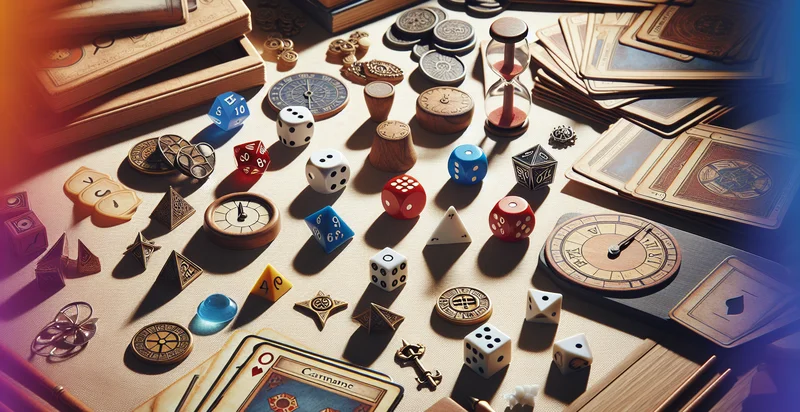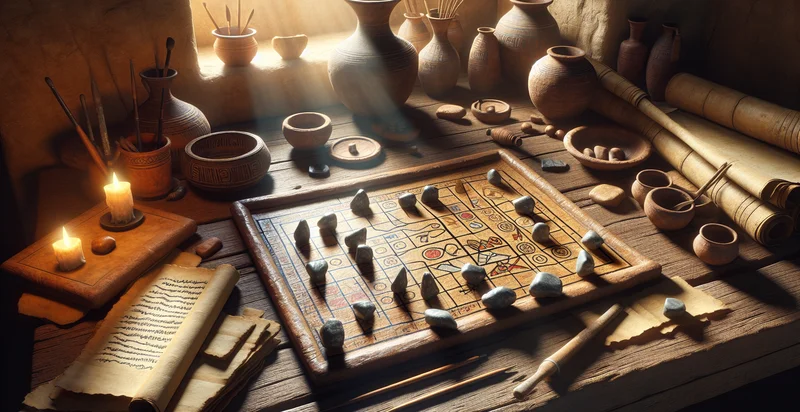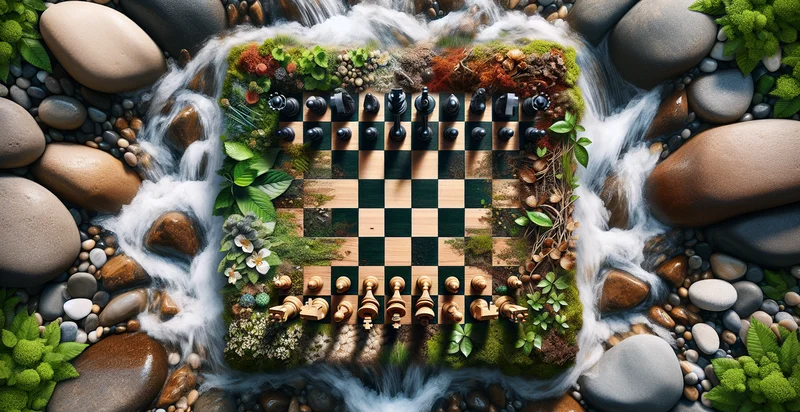Identify sorry pawn color
using AI
Below is a free classifier to identify sorry pawn color. Just upload your image, and our AI will predict the color of the pawn piece. - in just seconds.

Contact us for API access
Or, use Nyckel to build highly-accurate custom classifiers in just minutes. No PhD required.
Get started
import nyckel
credentials = nyckel.Credentials("YOUR_CLIENT_ID", "YOUR_CLIENT_SECRET")
nyckel.invoke("sorry-pawn-color", "your_image_url", credentials)
fetch('https://www.nyckel.com/v1/functions/sorry-pawn-color/invoke', {
method: 'POST',
headers: {
'Authorization': 'Bearer ' + 'YOUR_BEARER_TOKEN',
'Content-Type': 'application/json',
},
body: JSON.stringify(
{"data": "your_image_url"}
)
})
.then(response => response.json())
.then(data => console.log(data));
curl -X POST \
-H "Content-Type: application/json" \
-H "Authorization: Bearer YOUR_BEARER_TOKEN" \
-d '{"data": "your_image_url"}' \
https://www.nyckel.com/v1/functions/sorry-pawn-color/invoke
How this classifier works
To start, upload your image. Our AI tool will then predict the color of the pawn piece..
This pretrained image model uses a Nyckel-created dataset and has 18 labels, including Beige, Black, Blue, Brown, Cyan, Gold, Gray, Green, Magenta and Maroon.
We'll also show a confidence score (the higher the number, the more confident the AI model is around the color of the pawn piece.).
Whether you're just curious or building sorry pawn color detection into your application, we hope our classifier proves helpful.
Related Classifiers
Need to identify sorry pawn color at scale?
Get API or Zapier access to this classifier for free. It's perfect for:
- Game Quality Assurance: The 'sorry pawn color' identifier can be used in quality assurance for board games, particularly in the manufacturing phase. It can verify that the correct colors are used for pawns in the "Sorry!" game, reducing the likelihood of customer complaints about missing or incorrect pieces.
- Automated Inventory Management: Retailers can utilize this function to automate the sorting and categorization of board game components in inventory systems. By ensuring that pawns are correctly identified by their colors, they can streamline the restocking process and improve accuracy in inventory tracking.
- Educational Tool for Color Recognition: The tool can serve as an educational application for children learning about colors and game components. Teachers can integrate it into classroom activities, helping students engage with learning through interactive gameplay while reinforcing color recognition.
- AI-Powered Game Development: Game developers can leverage the false image classification function during the design phase of new board games. By using it to test various pawn designs and colors, developers can receive quick feedback on visual clarity and color differentiation, leading to better user experiences.
- Enhanced User Experience in Online Gaming: Online platforms offering virtual versions of board games can implement this tool to ensure that avatars or pieces are correctly represented. This leads to enhanced user immersion and satisfaction by maintaining accurate representations of game elements.
- Fraud Detection in Gaming Tournaments: The identifier can enhance security in competitive gaming environments by verifying that players are using the correct pawn colors during tournaments. This reduces the risk of cheating, as players would be held accountable for tampering or using counterfeit pieces.
- Promotional Marketing: Companies can harness this functionality in promotional materials or campaigns aimed at new board game releases. By showcasing the 'sorry pawn color' identifier in interactive ads, they can draw attention to quality control standards and engage potential customers looking for reliable gaming products.


